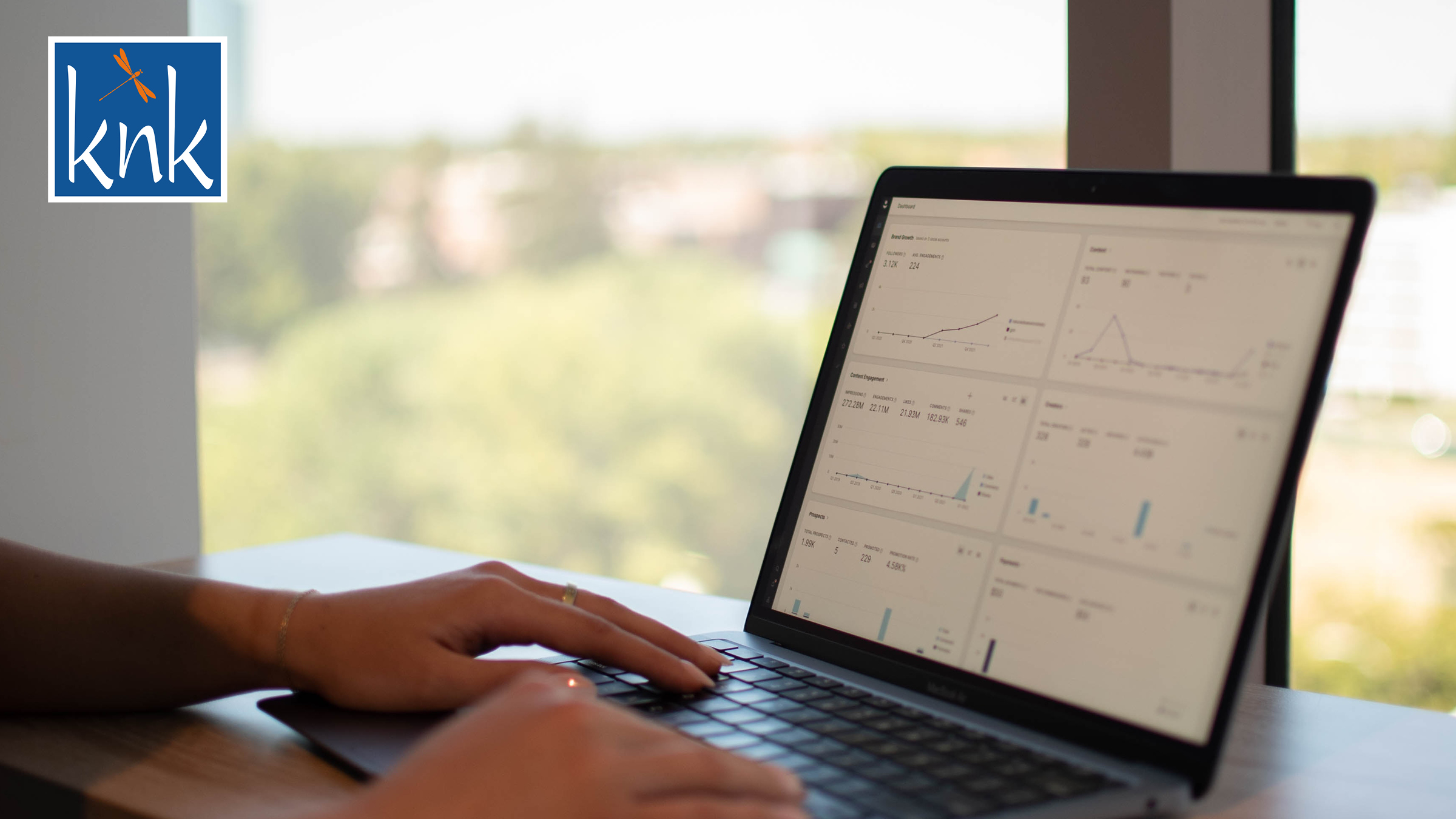The Value of First-Party Data in the B2B Media Publishing Industries
The B2B Media publishing industry has been through a lot in recent years and are truly the chameleons of the publishing world in terms of their adaptability and ability to survive today’s challenges, from the pandemic to inflation and the persistent threat of recession.
From an industry with its roots in print advertising, this article describes some of the challenges they face today and how they are transforming to digital content and into a technology-based, data driven industry.
The key to success in B2B publishing was always strong content, and that is still the case. As the industry matured, consolidation took place, and the dominant players today are long-standing, respected brands that manage a large portfolio of diversified print and digital products aimed at professional buyers. The more respected the brand, the more advertisers are prepared to pay.
Technology and Analytics
However, when consumers slowly changed their preferences from print to digital devices, the industry literally “traded print dollars for digital dimes” and needed to adapt quickly. It was not all bad news, however. With digitalization came the power of digital marketing, and what had previously required a large sales force selling ad space for print was replaced by sophisticated digital marketing and highly tailored, automated-yet-personalized buyer campaigns, in which this industry now excels. This took two things – technology and data, and lots of both.
Branding is still important, but advertisers today are increasingly looking for high quality leads and the B2B publishing industry has become very skilled in delivering them. It meant developing systems that managed buyers through the customer journey, from awareness, to interest building, consideration, intent, evaluation and finally, to purchase. And at each of those stages, they have developed different and highly tailored messages and products that fit that individual buyer’s journey. The gathering of the intent data comes directly from that online activity – so-called First-Party Data. Publishers know a tremendous amount about their buyers, and they leverage that in many ways to produce revenue.
First-Party Data
It is collected from their interactions on the website, CRM system, social media, subscriptions processes and other online activities where data on an individual can be legally collected. We say “legally” because consumer privacy is increasingly protected by legislation all over the world such as GDPR (EEC), CCPA (California) and CASL (Canada), for example.
B2B publishers have become experts in collecting, massaging, using – and selling first-party data, and the more the source data systems are integrated, the better quality of data that is generated and the more valuable it is to both the publishers and their advertisers. This sets up a beneficial cycle. The more the publisher collects data on each individual buyer from all these sources, the more he can keep his content relevant for that reader, and the more he can continue to build and enrich his brand with readers and advertisers. And to do this, they are using a wide array of methods including webinars, white papers, rich metadata, and now that the pandemic is mostly behind us, in-person events, which are a win-win for all involved, and a big source of revenues in their own right. The more they know their reader the more they can monetize their data and vice versa.
The days of “one size fits all” marketing are gone forever. Personalization is the key in terms of messaging to the reader. And the products that B2B publishers produce must be focused, insightful articles and news that help the targeted business leaders prosper in their industries – quality trumps quantity, and value trumps volume. They become trusted advisors.
The Challenges Ahead
Sure, there are plenty of challenges, especially today. These are challenging economic times, and this is not a recession-proof business. They must be alert to any changes in reader preferences and respond quickly. The B2B media industry has been careful to keep the best editors and other team members happy and has been able in most cases to avoid cutbacks in staffing. Other challenges include hangovers from the pandemic and supply chain problems abound, including the availability and cost of paper. Continued investment in more integrated technology to constantly build better data that feeds the cycle is required. There are massive savings in time and efficiencies to be gained by integrating all these sources of data: from intent data to CRM and ERP systems. These investments will help improve flexibility of production schedules and lower material costs, thus improving speed to market. Appropriate and adaptable KPIs always help.
So, what does the future hold? The industry will need to go faster to digitalize those products that are not yet digitalized. Artificial Intelligence (AI) is being put to use in content creation, automated customer service, and improved personalization of buyer messaging to name just a few. ERP vendors are consistently implementing new technology (especially AI) in their products (such as our own knkPublishing), to lower cost and improve productivity and sales. What will not change is that it will always take good editors to produce a product that is beneficial to readers. The industry has weathered the storms so far and no doubt will continue to thrive.
knk would like to acknowledge the expert assistance provided by Kathi Simonsen at MediaGrowth and Dan Fink of Money Media, in the creation of this article.
The knk blog team fills the knk blog with content, new posts and replies to comments.
We welcome your comments!

Leave A Comment